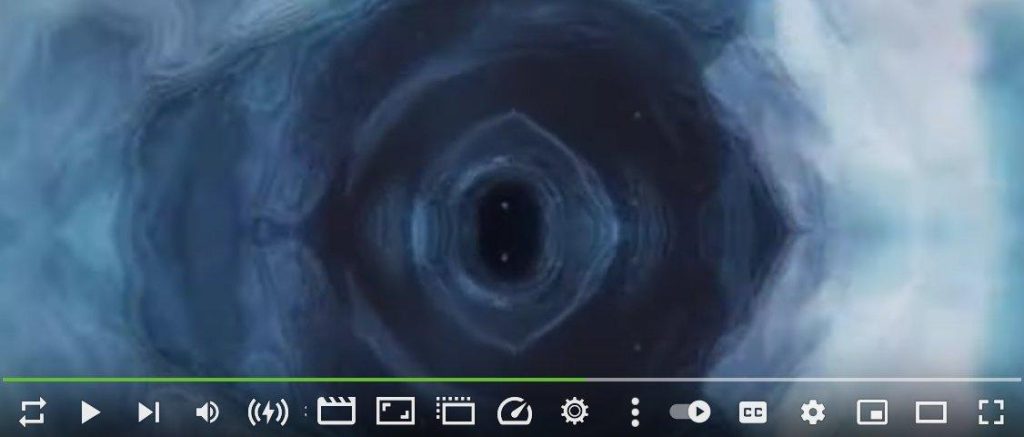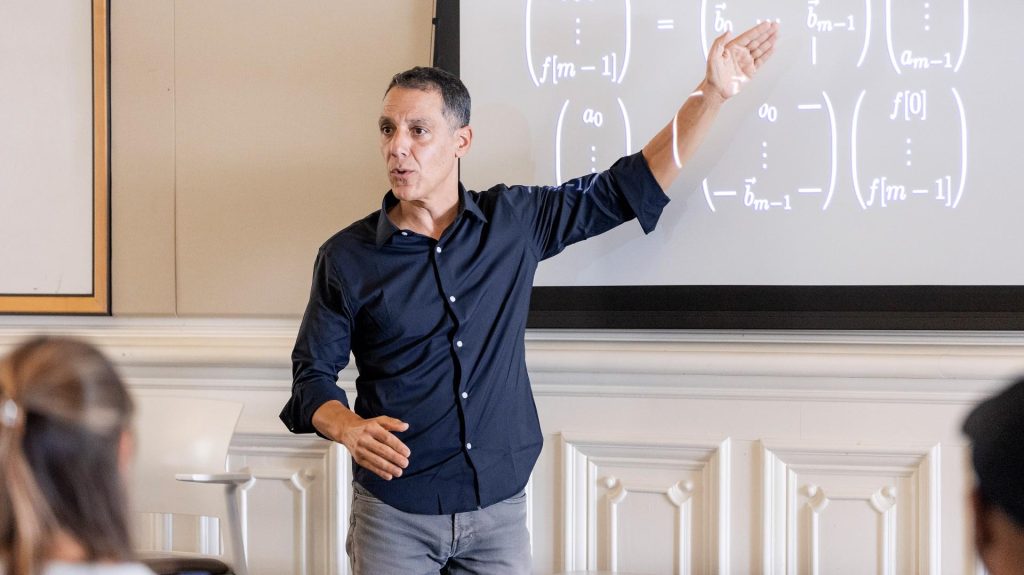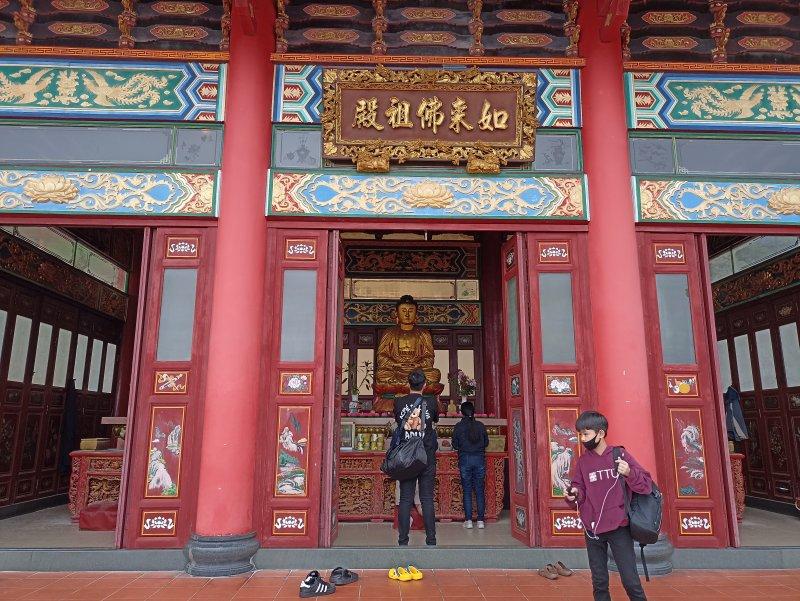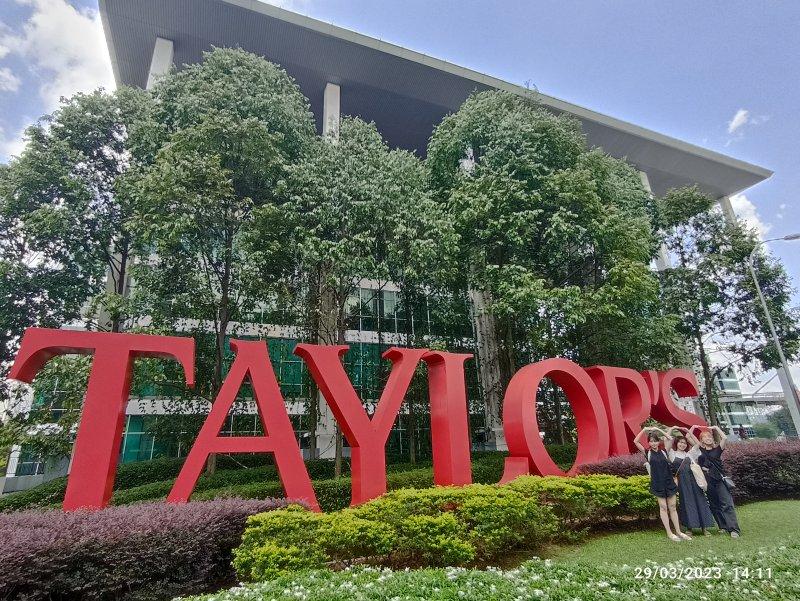素材記事: https://sloanreview.mit.edu/article/create-mental-space-to-be-a-wiser-leader/
写真クレジット: Photo by Britta Preusse on Unsplash
Much is changing in leadership in the United States. Perhaps unsurprisingly, leaders in the ultra-fast-moving Silicon Valley have discovered this paradoxical-sounding concept of relaxed, spacious leadership (“spacious mode”), and MIT’s Sloan School of Business explains how it works.
“The SPACE framework (safety, people, attention, conflict, and environment) can help you enter the “spacious mode” (a different way of paying attention that enables better collaboration and wiser choices.” It is impossible to make truly high quality decisions based on deep thought if you are too busy with the daily work of a busy mind.
Deep and broad innovation will not happen, if you cannot have a strategy that looks 30 years into the future, or at least 10 years ahead of time, you will be essentially a failure as an effective manager and a politician.
Therefore, in today’s corporate world, where “those without innovation die,” business schools has come to teaching relaxed leadership.
“What we call the spacious mode is a different, more expansive form of attention where people are able to consider interdependencies and perceive relationships. They dwell in the present moment to deepen their understanding of what is happening now rather than projecting themselves into the future or dwelling on the past.”
When you write it this way, it truly sounds a “thinker,” rather than a doer. Of course, it goes without saying that action is important, but if the depth of information that forms the basis for your analysis, by which your action will be governed as well, thinking deeply and spaciously do matter. In the end, “liberal arts” in the most original sense of the word comes into play.
“I do not fear those who learn from their own mistakes. I fear only those who learn from history.” I think Otto Von Bismarck, the highest leader of the Prussian Empire, said something like this. This is the moment when real liberal arts comes in.
随分とアメリカも変わりつつありますよね。意外かもしれませんけど、超スピードで動くシリコンバレーの中でリーダーたちが 気づいたのが、この逆説的にも聞こえる、ゆるりとした、スペースを持ったリーダーシップ(「spacious mode」)という考え方です。MIT のSloanビジネススクールが、その効用を説きます。
「The SPACE framework (safety, people, attention, conflict, and environment) can help you enter the “spacious mode” ? a different way of paying attention that enables better collaboration and wiser choices.」でして、本当に質の高い意思決定を、深い思索の元に打ち出そうとすると、ざわざわした忙しい心で日常の作業にかまけていては、不可能なんです。
深く広いイノベーションが起こらない。とりあえず思いついたような戦術しか打てなくなります。30年先の、否、せめて10年先を見据えた戦略が持てないと、本来 経営者としても政治家としても失敗ですよね。
なので、「イノベーションなき者は死ぬ」といういまの企業世界でこそ、ビジネススクールはゆったりしたリーダーシップを教えつつあります。
「What we call the spacious mode is a different, more expansive form of attention where people are able to consider interdependencies and perceive relationships. They dwell in the present moment to deepen their understanding of what is happening now rather than projecting themselves into the future or dwelling on the past.」
こう書くと、まさに「思索者」ですよね、実行者というよりは。もちろん、アクションが大事なのは言うまでもないことなんですが、そのベースになる情報分析や未来予測を入れた施策などがガバガバだと、行動もガバガバになる。結局は、本来的な意味での「教養」が活きてくる。
“私は自分の失敗から学ぶものは大して恐れない。歴史から学ぶ者をこそ恐れる”みたいな名言を残したのは、プロシア帝国を築いた、オットー・ヴォン・ビスマルクだったと思います。教養が入ってくる瞬間です。








